June is a busy time in the garden. Trees, shrubs, and perennials are putting out new shoots, and as temperatures rise, this growth can be incredibly rapid. While it's fun to see lush new foliage and flowers blooming in your garden, some plants can benefit from a spring pruning. Pruning now will improve the shape and health of your plants for the coming months.
It's important to remember that not all plants need to be pruned and trimmed in June, and pruning at the wrong time can seriously damage your plants, so it's best to approach your garden judiciously, identifying which plants you will prune in the spring and making a note of which ones you won't prune.
So before you grab your pruning shears and gleefully start pruning, take a moment to read the following guide on what plants to prune in June to avoid making costly pruning mistakes.
(Image courtesy of Getty Images/Toni Jardin)
What should I prune in June?
This month you can prune shrubs, trees and vines. By June, many deciduous plants will have flowers on last year's growth. Immediately after flowering is the best time to care for, shape and prune. Although this varies depending on your U.S. hardiness zone and climate, spring is generally a good time to give many deciduous plants a good trim. Here are seven plants to prune in June.
1. Viburnum

(Image credit: Getty Images/Jacky Parker Photography)
It's hard not to love the scent and pale color of viburnum flowers. As a shrub that flowers from winter through spring, by June the viburnum flowers will have died down, making this the perfect time for some light pruning.
When considering how and when to prune viburnum, we recommend trimming the plant after flowering, which may be as late as May or June.
For both evergreen and deciduous trees, you can remove thin or weak stems by cutting them back to a thicker stem. Also remove any dead or diseased stems.
Depending on the variety, many viburnums produce beautiful fruit in the summer, so leave the dead flowers to encourage fruit later in the year. Light pruning at this time of year is a good idea, but heavy pruning and shaping is best left until late winter or early the following year.

Felco metal pruning shears are made from forged aluminium with comfortable handles and hardened steel blades, providing powerful cutting power to make any gardening job a breeze.
2. Serviceberry

(Image by Esa Hiltula/Getty Images)
Spring-flowering shrubs, such as serviceberry trees, can help add interest to your garden at the beginning of the growing season. Often considered the best tree for a small garden, serviceberry trees are popular with birds and pollinators that are attracted to the flowers of native plants.
If your serviceberry (aka amelanche) tree needs some corrective pruning or shaping, it's best to do it after flowering – the flowers will usually have died and fallen off by June, so this is a good time to use your pruning shears.
Use clean, sharp scissors, like Amazon's Kynup pruning shears, to remove any unwanted, dead, or damaged stems. After a few weeks, new growth will begin at the pruning point.
3. Weigela
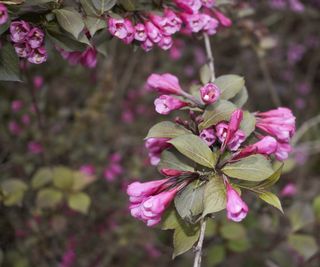
(Image credit: Getty Images/seven75)
When considering how to prune a wigela, it is important to prune at the right time, as this will improve the plant's shape and health, encouraging more flowering in the following years.
You want to enjoy the flowers before pruning, so we recommend waiting until May or June. Once your weigela has finished flowering, it's best to prune it as soon as possible, as the flower buds for next year will grow into new shoots.
Cut dead or diseased stems back to the base, as this will encourage compact, vigorous growth. It's important to follow the 1/3 pruning rule – never prune more than 1/3 of your plant – to avoid shocking it.
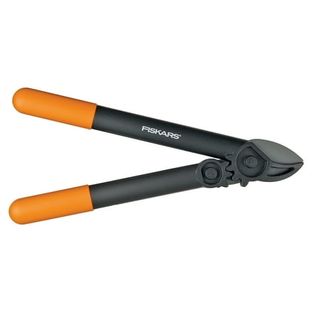
These pruning shears feature exclusive technology that allows them to cut through thick branches. What's more, this specialized tool reduces strain on your hands, wrists and muscles, allowing you to reach and cut more branches with ease.
4. Clematis montana
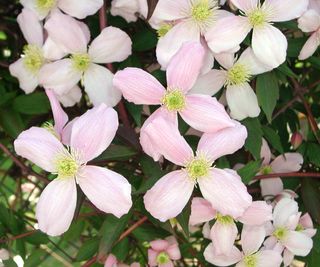
(Image credit: Getty Images/seven75)
Clematis montana is one of my favorite climbing plants. This striking Group 1 clematis produces pale pink flowers that herald the arrival of spring. Luckily for gardening enthusiasts, this clematis is very easy to grow.
When considering how to prune Clematis Montana, just like any other early flowering clematis plant, you can cut it back after flowering in June if necessary. This pruning will not determine next year's flowering, but it is necessary to revive woody clematis plants from time to time.
Remove tangled woody stems by cutting them above a leaf node, and if serious rejuvenation is required, it's a good idea to take some clematis cuttings as insurance before cutting 10 inches above the base of the plant.
5. Magnolia
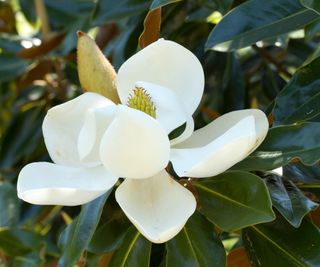
(Image credit: BIOSPHOTO via Alamy)
Magnolia trees are prized for their large, impactful blooms, and because there are many different varieties of magnolia, including both evergreen and deciduous species, always research the proper pruning techniques for your plant.
Generally, when considering the right time to prune a magnolia, it is important to understand how to care for your magnolia to keep it healthy, although magnolias do not require frequent pruning.
The best time to prune a magnolia is after flowering, usually in late spring or early summer, so the tree has time to recover before the cold weather of fall and winter sets in.

Felco pruning pruners feature steel blades that provide smooth, precise cuts, making difficult pruning jobs easy without damaging fruit or flowers. They are ideal for perennials and new shoots, but not suitable for woody stems.
6. Lilac
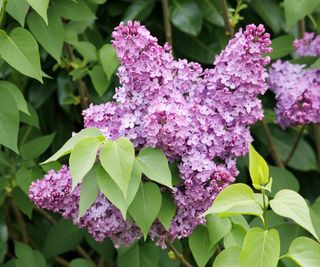
(Image credit: Getty/Christoph Rehenaff)
Learning how to grow lilacs means you can enjoy fragrant spring flowers every year. When considering how to prune lilac shrubs, it's important to remember that these deciduous plants flower on last year's growth, meaning pruning is best done as soon as this year's flowers have died back, usually around June.
Cutting back lush new growth may seem like a chore, but it will help maintain a healthy, vigorous plant that's shapely and easy to manage. Remove dead branches and cut stems back to a leaf node or to the ground.
When pruning, I always encourage gardeners to take their time and stand back periodically to inspect their work. If you want to shape your tree, now is the time to remove any crossing or unwanted trunks and create a natural fan shape.
7. Barberry

(Image credit: Getty Images/Raj Kamal)
Evergreen barberry plants, including the well-known Berberis darwinii, flower in early to mid-spring, producing masses of colorful flowers. Berberis darwinii is the perfect plant if you want to grow a flowering hedge, providing both evergreen cover and bright orange spring flowers that look striking in your front garden.
All evergreen Berberid shrubs can be pruned soon after flowering, which means late spring is a good time to use tools to shape the plants. Use pruning shears (rather than hedge shears or electric hedge trimmers) to remove the long, flexible stems, but we recommend cutting carefully to leave some of the flowering stems intact.
These flower stalks will produce fruit in the fall, so it's best to alternate heavy and light pruning, leaving some stalks to provide fall color.
FAQ
Can I prune roses in June?
No, pruning roses is not recommended in late spring or during summer. It is best to wait until fall or winter when rose plants return to a dormant state. For more information, check out our guide to the most common rose pruning mistakes. You'll know which rose pruning mistakes to watch out for.
Pruning trees, shrubs and perennials is an important spring garden task. Be sure to prune plants that are appropriate for this time of year. For more information on pruning, see our guide on when to prune fruit trees. May your cherry, apple and pear trees be beautiful and produce abundant fruit this year.


